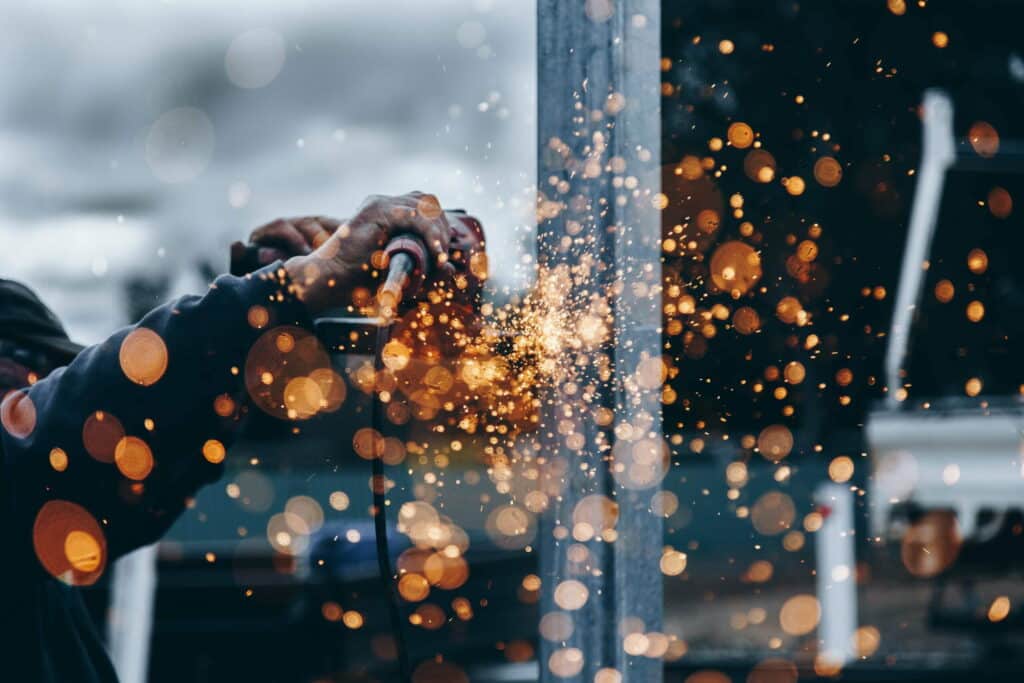What I learned from being a Project and Design Engineer
Related Blogs
Energi People Insights | Guidance for Employers | Guidance for Job Seekers | News
Posted 18.07.24

My background in Building Services
I would like to introduce myself as Managing Consultant at Energi People. Prior to my journey here, I worked in the building services industry for over 5 years. I like to refer to this experience as my unique selling point (USP), as my background is unique and there are not a lot of people within recruitment that actually have experience in the roles they recruit for.
With this being said, as we are in an extremely talent-short market at present, it is imperative that you partner with an experienced professional in your search for your next role and limit the number of agents that you reach out to. ‘But what exactly did you do?’ I hear you ask. My experience stems from working for a large mechanical contractor as a Mechanical Project Engineer, followed by two small consultancies as a Design Engineer and finally two air-conditioning manufacturers, as a Pre-sales Technical and Sales Engineer.
It was noticeable how the Project Engineer roles differed quite substantially whether you were working for a contractor or a main contractor. The Project Engineer will tend to deal with either mechanical or electrical installations and be involved with the project following on from the final stages of the project. However, the main responsibility of a Project Engineer working for a contractor is to engineer the project from the final design stage and pre-construction stages to the installation of either mechanical or electrical services. Project Engineers tend to deal with drafting a ‘scope of works’ for the tender process and selection of sub-contractors who will actually install the mechanical or electrical services on site. When working for a main contractor, the main aspect of the position involves the management of the mechanical or electrical contractors on site as well as managing the overall build process.
When I worked as a mechanical Project Engineer I was involved in a variety of different tasks. These were split out as follows over the course of the three projects I worked on:
Project 1 & 2 – Pre-construction and selection of sub-contractors
Project 3 – Installation of mechanical services and co-ordination with electrical services
Project 3 – Quality assurance sign-off for all mechanical services (including public health services)
Project 3 – Commissioning of mechanical services and issues that arose from this.
So, what does a project lifecycle look like?

Construction lifecycle example
What is a Design Engineer?
A design engineer is an engineer who designs the mechanical or electrical services within a building structure in co-ordination with architects/ structural and civil engineers. They tend to get involved with the projects during the pre-planning stages and are usually involved with the project up until construction. When I was a Design Engineer, I was largely responsible for liaising with utility providers at the early stages of the project.
As the design progressed with the Architect and Structural and Civil Engineer, I would be responsible for the design of the M&E services and I had to ensure that within a Revit model they coordinated and did not clash with the structural elements of the project.
As a Design Engineer a large part of your time is spent dealing with calculations and writing specifications of a varying nature. When the project is at construction stage, a large part of time is spent on site ensuring that the design meets the specification.
What does a construction organisational roadmap look like?

Construction Organogram example
What about qualifications for a Project Engineer?
Largely the qualifications vary but as a standard, a vocational apprenticeship within heating, gas or plumbing would be sufficient along with experience installing services and supervising on-site. A HNC or HND in Building Services Engineering would suffice or a degree in Building Services Engineering.
It is becoming more common these days to see Apprenticeships or trainee schemes whereby the employer will give the individual the opportunity to study for a HNC or HND whilst gaining experience ‘on the job.’
What about qualifications for a Design Engineer?
It depends on the discipline that you are dealing with (Mechanical or Electrical Engineering), a minimum requirement is a HNC or HND within Building Services Engineering.
A degree in Building Services Engineering is widely requested across the industry for most jobs and is required alongside a Master’s degree to achieve Chartered status as an Engineer.
Get In Touch
I would always welcome a conversation with any Building Services Design Engineers at any level that want advice regarding their career or indeed are looking for their next role! My experience enables me to deeply understand the essentials and required skills to not only make quality placements, but source candidates that will flourish in their next role. Alternatively, if you would like to find out more about me and my experience, explore my YouTube video here, or please feel free to call me on +44 (0)1252 413 075






